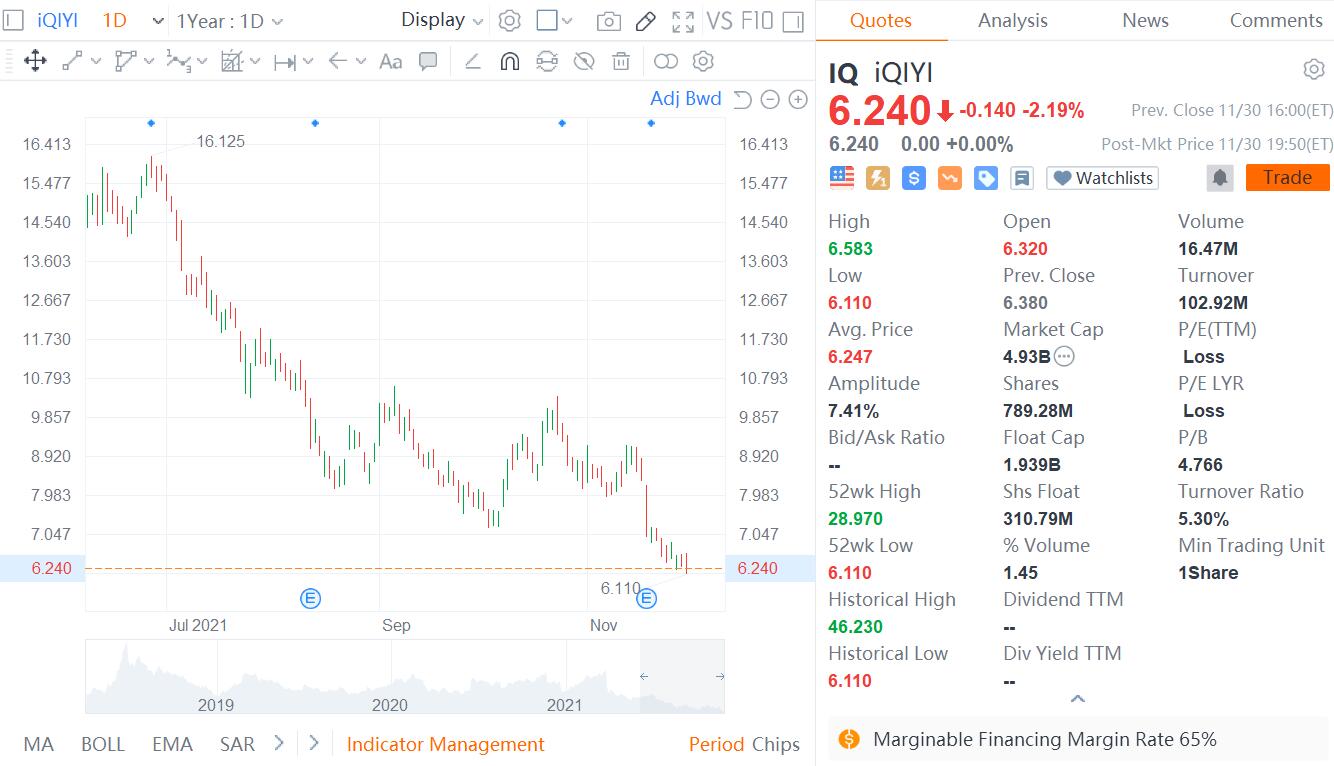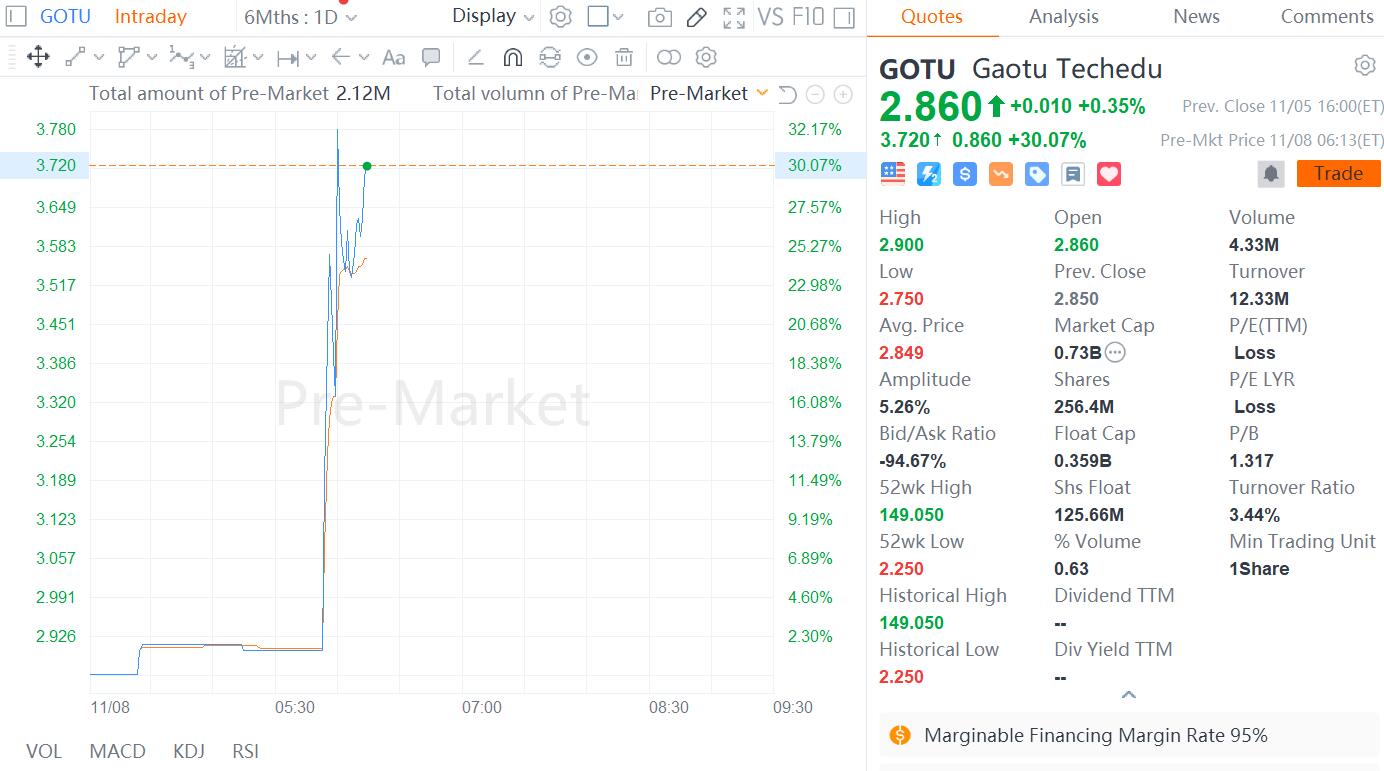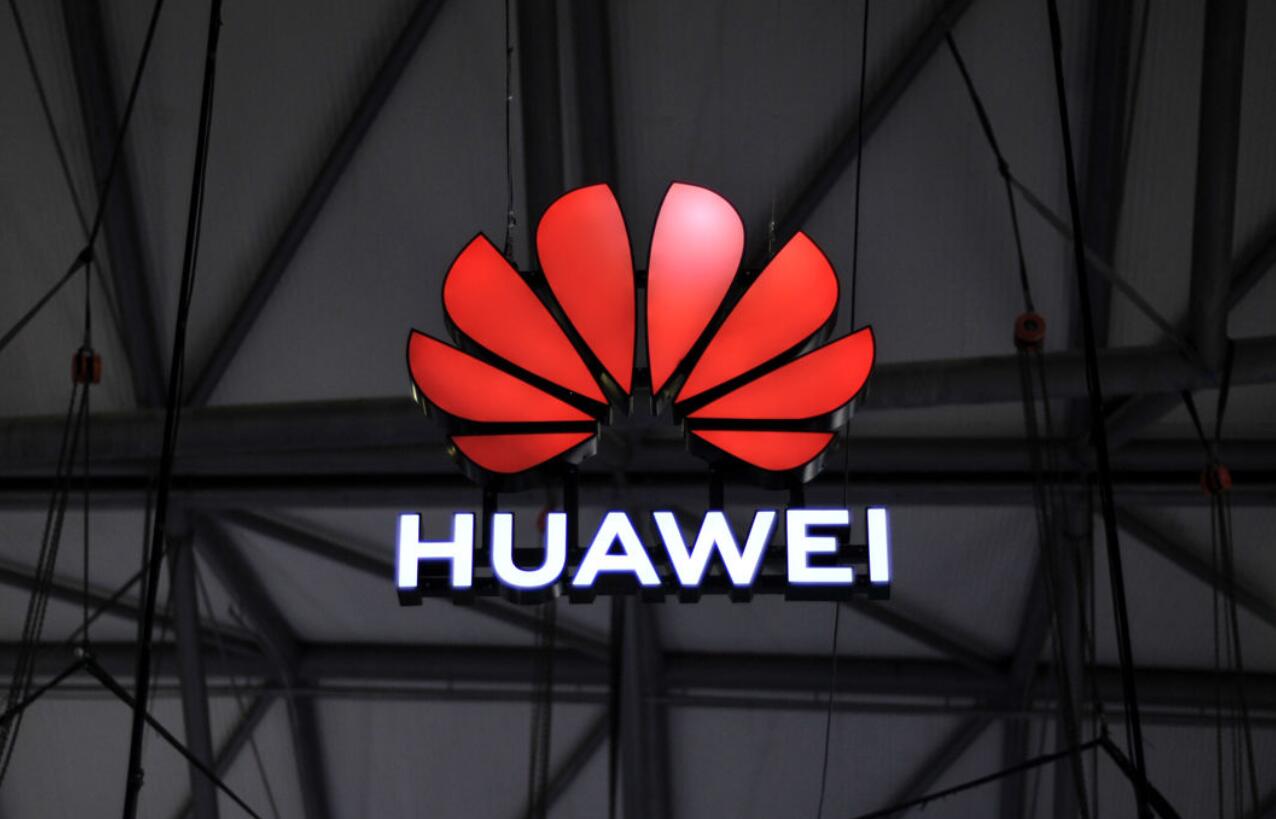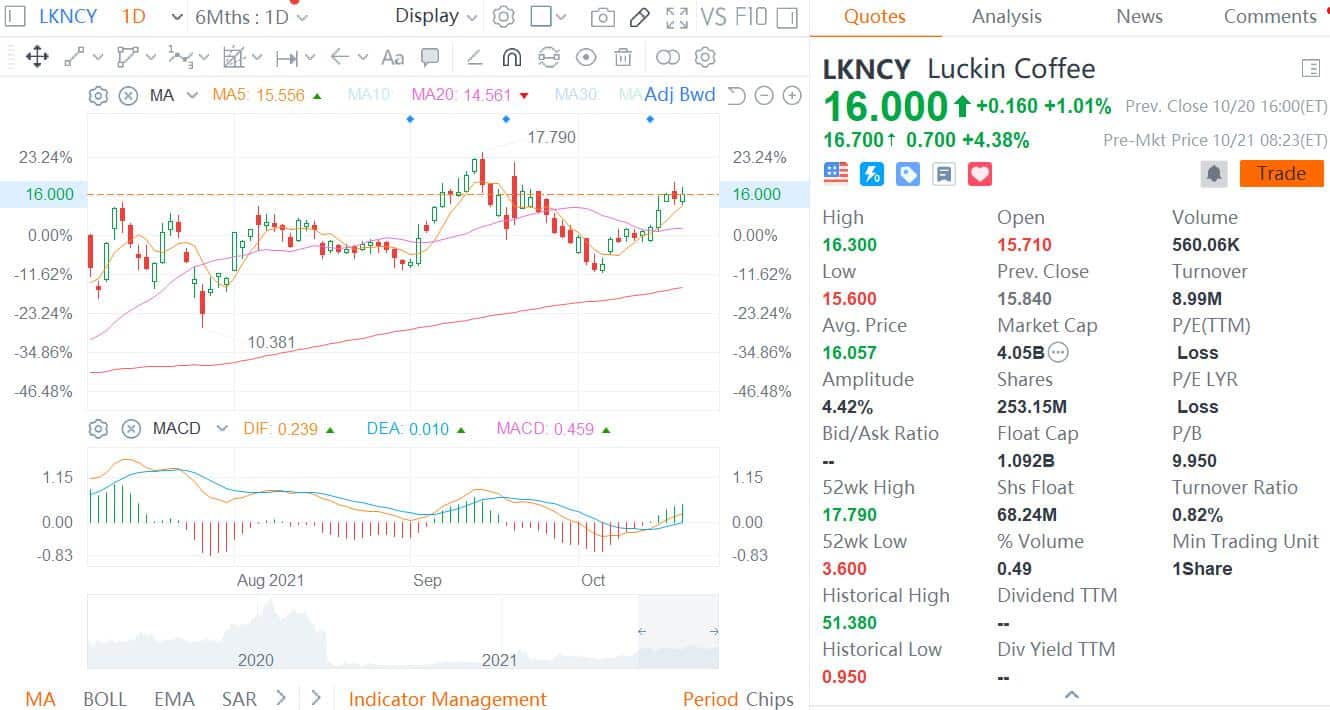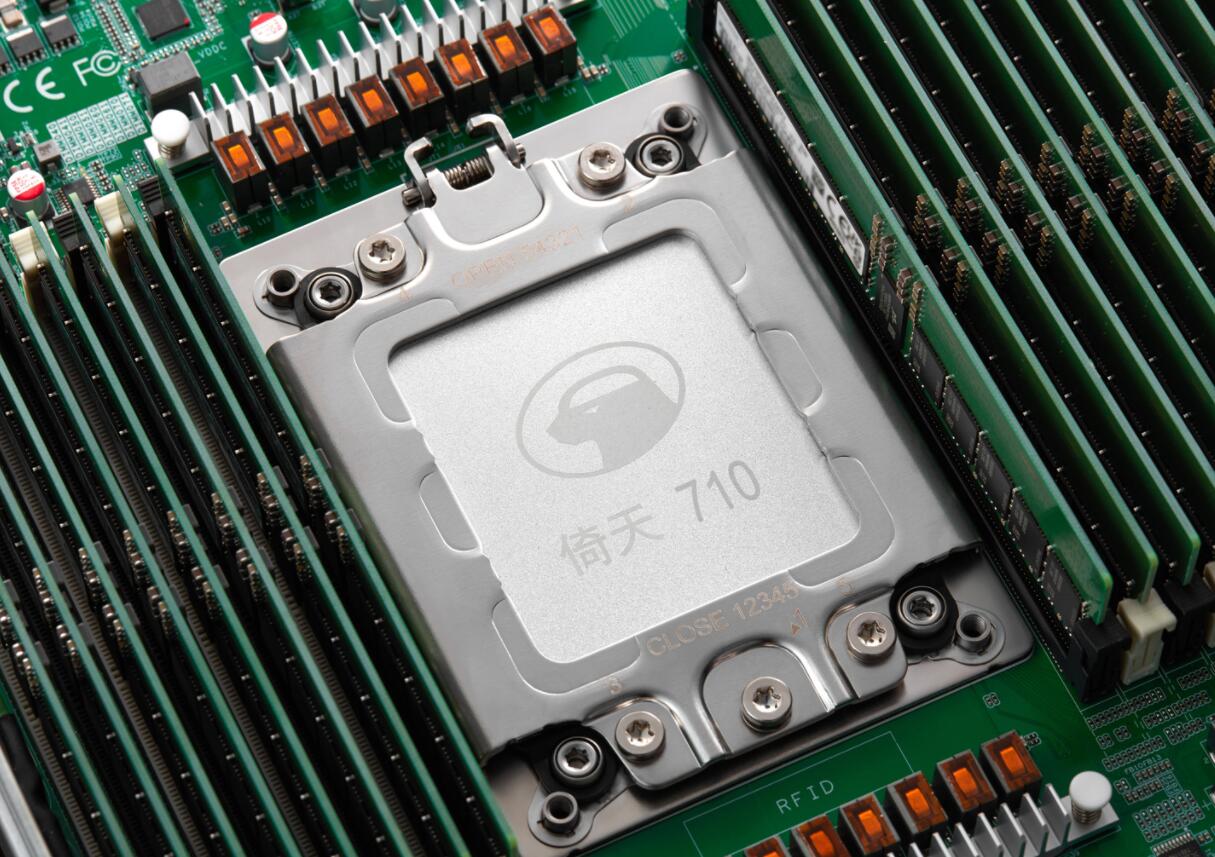
Xiaomi announced its third quarter financial results on November 27.
Here are the key figures:
- Total revenue in the quarter stood at RMB 53.7 billion, a year-on-year increase of 5.5%.
- Adjusted net profit was RMB 3.5 billion, a year-on-year increase of 20.3%.
- Xiaomi's net profit in the first three quarters of 2019 totaled 9.2 billion yuan, which is more than last year.
On the face of it, the increase in revenue and profits is very dazzling, but from the details, there are also hidden concerns behind it.
On the one hand, Xiaomi's AIOT business has grown rapidly, but on the other hand, Xiaomi's main smartphone business is under pressure in the domestic market, resulting in a decline in overall revenue.
Driven by the mobile phone business, Xiaomi's revenue growth in the third quarter was 5.5%, which was significantly lower than the 14.8% in the same period last year.
At the beginning of the year, Xiaomi proposed to implement the "mobile phone + AIOT dual-engine strategy". From the latest financial report and the remarks by Xiaomi's CFO Shou Zi Chew, what Xiaomi is currently thinking is: smartphone business bets on 5G, while adding AIOT.
Main mobile phone business under pressure
According to the financial report, in the third quarter of 2019, Xiaomi's smartphone sales were 32.1 million units, which was basically the same as the previous quarter, while it was 33.3 million units in the same period in 2018, a year-on-year decrease of 1.2 million units.
Xiaomi's smartphone business revenue was 32.3 billion yuan, a year-on-year decrease of 7.8%. By comparison, in the second quarter, Xiaomi's smartphone business revenue also increased by 5% year-on-year.
Chew said that the decline in Xiaomi's overall sales and revenue of mobile phones in the third quarter was mainly due to the overall decline in the overall market of the Chinese mobile phone market.
One important reason for the decline in the broad market is that consumers are waiting for the arrival of 5G mobile phones.
"We are now in the 4G to 5G transition period, and the mobile phone market is under pressure. We have chosen steady growth, improved our profitability and cash reserves, and digested bad inventory, so we are in a very healthy period. We are very confident in the 5G era. "
Consumers’ waiting for the arrival of the 5G replacement wave is one of the reasons for the decline in the domestic mobile phone market.
It is indeed the general view of the industry. However, Zhou Zizi did not mention that the decline of Xiaomi's mobile phone is also related to the change in the competition pattern of the domestic mobile phone market.
After May this year, Huawei began to increase its investment in the domestic market due to well-known reasons. With a series of active adjustments by Huawei and the support of consumer sentiment, Huawei's mobile phone share has rapidly increased.
According to market research firm Canalys, in the third quarter, Huawei’s mobile phone shipments in the Chinese market increased by 66% year-on-year and ranked first with a 42.4% share, while Xiaomi, OPPO, VIVO, and Apple all experienced varying degrees of decline, of which Xiaomi fell 33%, and its market share dropped to 9%. The balance of China's mobile phone market share is out of balance.
At present, Canalys data shows that Xiaomi shipped 8.8 million units in the domestic market in the third quarter and 32.5 million units shipped in the global market (a slight deviation from Xiaomi's sales in the third quarter's financial report of 32.1 million units), that is, Said that the domestic market only accounted for 27.1% of Xiaomi's overall mobile phone shipments.
The decline of China's mobile phone market has also dragged Xiaomi's growth in the global mobile phone market. According to Canalys data, Xiaomi's shipments in the global mobile phone market fell by 3% year-on-year in the third quarter.
Of course, Xiaomi's market share in the global mobile phone market fell by only 0.4 percentage points to 9.2%, which is still the fourth largest mobile phone manufacturer in the world.
This is mainly due to the rapid growth of Xiaomi in markets outside China, especially in Western Europe. Xiaomi quoted Canalys data in its financial report, saying that in the first three quarters of 2019, Xiaomi in the Western European market grew significantly by 90.9% year-on-year, making it the fourth-ranked mobile phone manufacturer.
Chew said that Xiaomi's European business has just begun, because Xiaomi has made very good products and is recognized by consumers. Xiaomi is very confident about the future growth of the European market.
In addition, Xiaomi also performed well in the world's second largest Indian smartphone market. According to IDC data, Xiaomi's shipments in the Indian mobile phone market in the third quarter of 2019 were 12.6 million units, surpassing the domestic market, and continued to rank first with a 27.1% market share.
AIOT layout shows results
In terms of AIOT business, the financial report shows that in the third quarter of 2019, Xiaomi IOT's income from consumer products was 15.6 billion yuan, a significant increase of 44.4% year-on-year.
Xiaomi believes that its "mobile phone + AIoT" dual-engine strategy is continuously effective, and disclosed in the financial report that the number of connected devices (excluding mobile phones and laptops) on the IoT platform has reached 210 million, and MIUI has 292 million monthly monthly global users.
Some market organizations believe that for the 5G era of the Internet of Everything, these huge amounts of equipment foundation may give Xiaomi a certain first-mover advantage.
The capital market's expectation for Xiaomi is to use huge equipment and user accumulation to form a platform and scale effect, further reduce the cost of hardware drainage, and enhance profitability.
Xiaomi stated in its financial report that it also hopes to strengthen the accessibility of the AIoT platform entrance.
At present, smart phones, smart TVs, smart speakers and smart watches can all be used as the control center of the AIoT platform.
At the same time, it began to enter the B-end market. Previously, it had launched industrial interconnection solutions covering hotels, real estate and enterprise IoT.
Like the mobile phone business, the hidden worry of Xiaomi's extensive deployment of AIoT devices is also that it faces fierce competition.
Take Xiaomi's smart TV with the highest revenue among Xiaomi's IOT devices as an example. Xiaomi shipped 3.1 million smart TVs in the third quarter, a year-on-year increase of 59.8%.
According to data from Aowei Cloud, Xiaomi is the number one TV manufacturer in China, with a market share of 16.9%.
However, in 2019, China's smart TV industry has undergone a sudden change. Huawei, OnePlus, and other mobile phone manufacturers have entered the TV field. They all hope to "occupy the home Internet portal." Traditional TV manufacturers such as Skyworth and Hisense have also changed their strategies and launched new TV products. class. The industry ushered in a new round of slaughter.
Regarding whether the competition between Huawei and other TV brands affects Xiaomi ’s status, Li Xiaoshuang, general manager of Xiaomi ’s TV department, said: “Industry competition has always existed, and new brands have entered each year.
Xiaomi has quickly stood out in recent years because it has done a lot The right thing has been done by companies like Skyworth, but in terms of market numbers, it has not affected Xiaomi and the broader market. In general, we will still stick to our own direction and advantages. "
Li Xiaoshuang said that Xiaomi's current major sales are reflected in mass products, but in 2019 Xiaomi has created various flagship products, including high-end products Xiaomi TV 5, Xiaomi Mural TV and so on.
He believes that Xiaomi will also have obvious growth points in the high-end market. High-end products can bring improvements to the Xiaomi brand and increase the overall sales of Xiaomi TV.
In terms of global markets, Li Xiaoshuang said that Xiaomi entered India in 2018 and has experienced rapid growth in India for two consecutive years. This year it has captured the first market share and also landed in emerging markets such as Europe and Indonesia this year.
And returning to Xiaomi ’s overall AIOT business, the business has not shown sufficient profitability at this stage.
Chew said that the focus of the AIOT business at this stage is still on interconnection and user experience. Xiaomi hopes to develop new application scenarios in the future.
Betting on 5G wave
Xiaomi's current primary goal is to maintain the basic market of its main mobile phone business, and its strategic choices cannot rely entirely on the growth of overseas markets.
Xiaomi has always emphasized the uniqueness of the Xiaomi model: trading hardware for revenue and traffic, and then relying on Internet services to make profits.
Among Xiaomi's three main businesses, including mobile phone business, IOT, consumer products and Internet services, the mobile phone business contributed most of the revenue, while profits were mainly contributed by Internet services.
According to the financial report, Xiaomi's Internet service revenue in the third quarter was 5.3 billion yuan, a year-on-year increase of 12.3%.
Among them, Internet services in overseas markets increased by 87.7% year-on-year, accounting for 37.2% of total Internet service revenue.
Judging from the situation in the third quarter, the increase in mobile phone shipments in overseas markets partially filled the rapidly decreasing domestic market share, and also brought imagination for the growth of Xiaomi's Internet service revenue and profits.
However, it is worth noting that compared with the mature Internet service monetization model in China, Xiaomi's Internet service business in overseas markets is still in its relatively infancy.
In the third quarter, Xiaomi's domestic mobile phone shipments accounted for less than 30%, but contributed more than 60% of Internet service revenue, which is very telling.
Because profit depends on this, Xiaomi cannot easily give up the domestic market. Lei Jun became the president of Xiaomi China in the second quarter of this year, and he is fully responsible for business development and team management in China.
The last time Lei Jun was pushed to the front line was 2016, which was three years ago. At that time, Xiaomi, this had been in business for five years, experienced sales decline for the first time after years of rapid growth.
Right now, Xiaomi hopes that in the wave of 5G phone replacements, it will use 5G mobile phones to fight a beautiful turnaround in China. Previously, Xiaomi has released the first 5G mobile phone in China, Xiaomi 9 Pro 5G.
In the media interview session after this Xiaomi financial report conference, Xiaomi's smartphone market share in China declined, which unexpectedly became a question Chew was repeatedly asked.
Chew has repeatedly stressed that this is mainly due to the overall market decline in the Chinese mobile phone market.
A very important reason for the market decline is that consumers are waiting for the arrival of 5G mobile phones. As the 5G era opens, the entire market will grow Come the better.
Chew believes that 5G mobile phones will be more expensive when they come out, and Xiaomi's efficient business model advantage can be reflected.
"When 5G mobile phones are first introduced, 5G mobile phones will be more expensive and involve new technologies. I think that the competition of mobile phones in the 5G era is actually a battle for efficiency. It tests that company can bring new technologies to the mass market as quickly as possible. "
Chew also repeatedly published "advertising" during the interview: On December 10th, Xiaomi's sub-brand Redmi will release a dual-mode 5G mobile phone. Chew said that it would be an important moment for 5G mobile phones to become popular.
Regarding Xiaomi's 5G mobile phone strategy next year, Lei Jun said during the previous Wuzhen World Internet Conference that Xiaomi is very aggressive in the layout of 5G mobile phones and will launch more than 10 5G mobile phones next year, covering the mid-to-high end price range.
Read More:
[ajax_load_more container_type="ul" post_type="post" tag="xiaomi" images_loaded="true" progress_bar="true" progress_bar_color="ed7070"]


